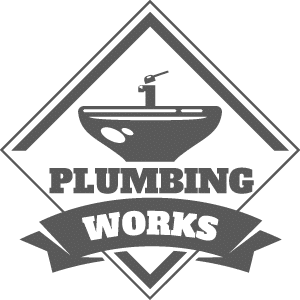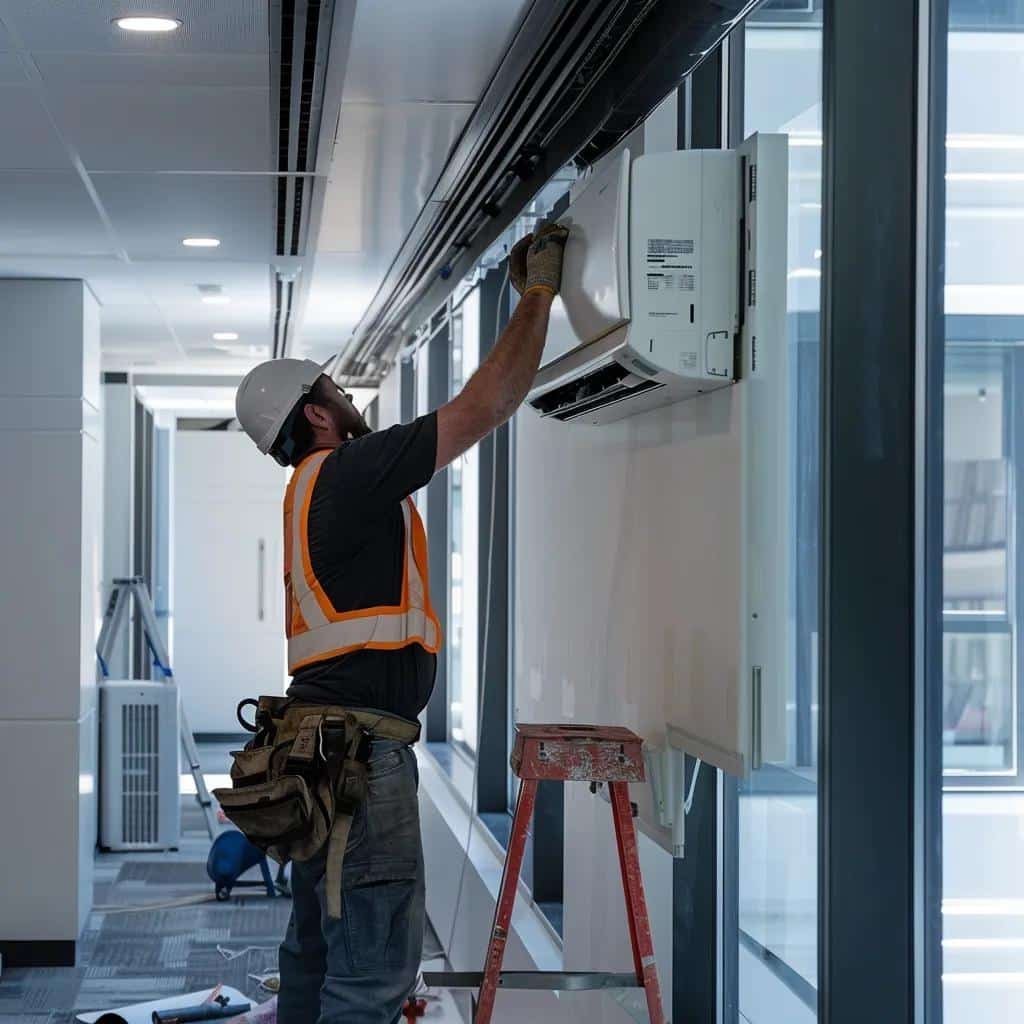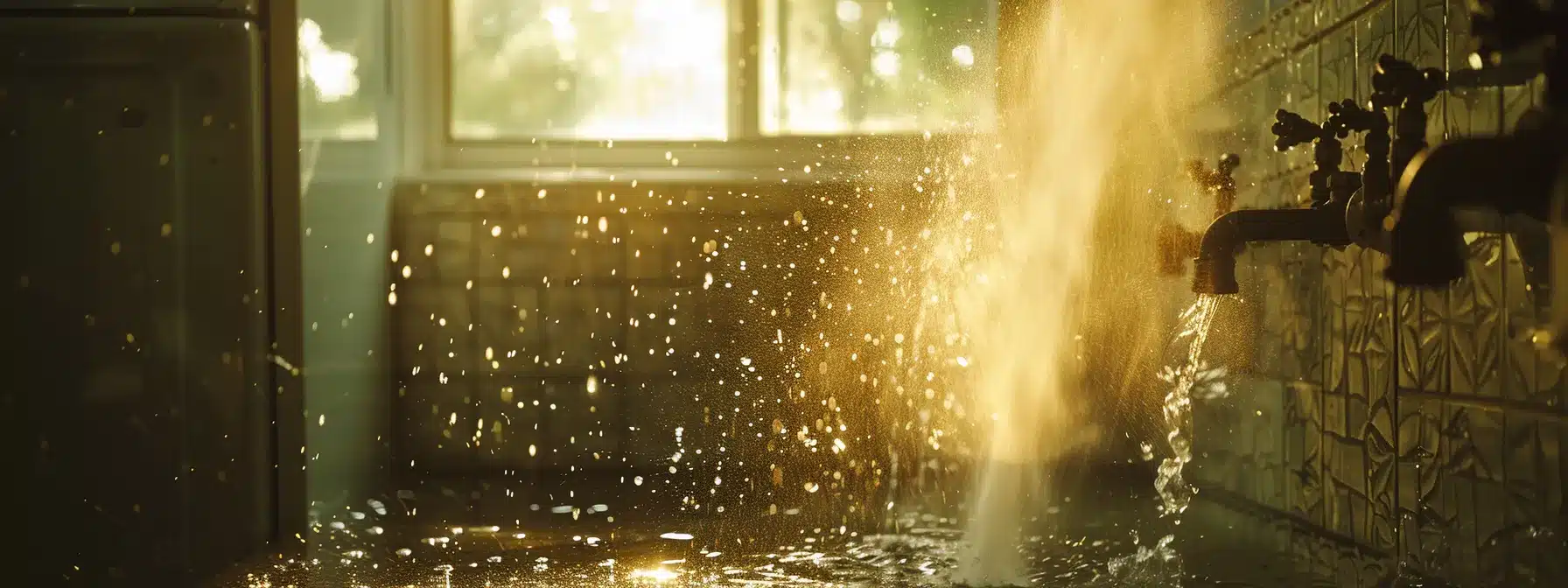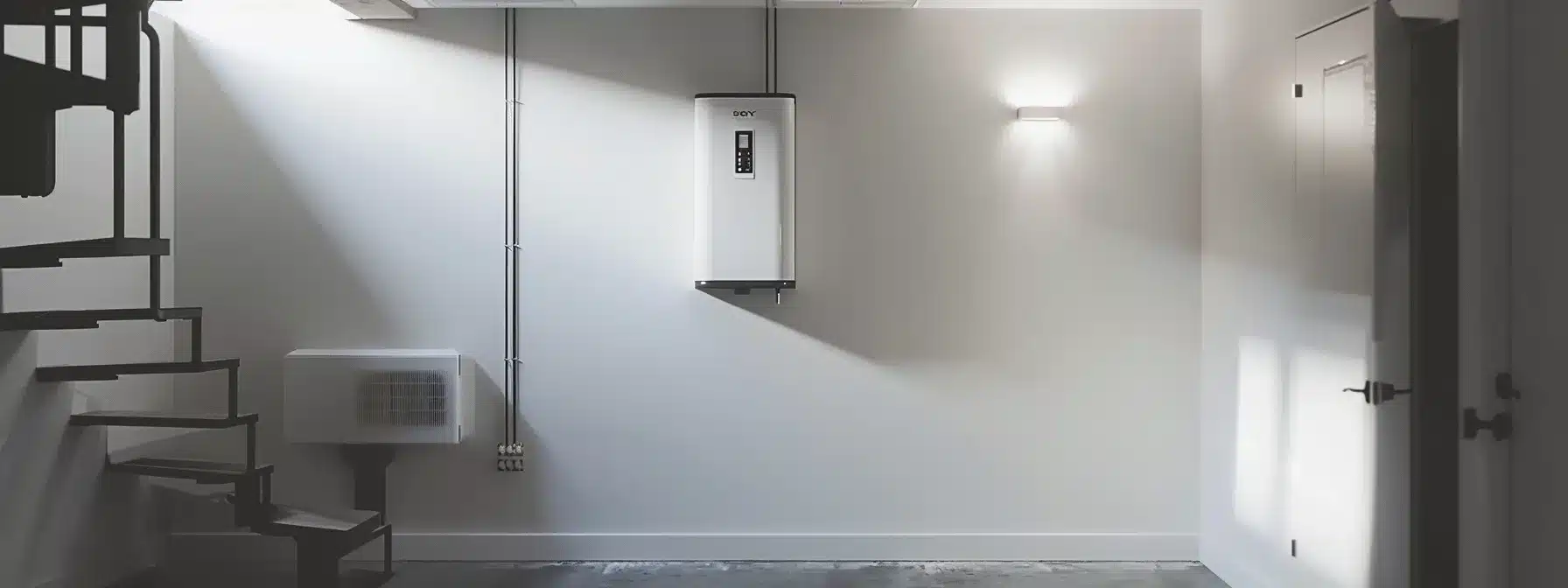This post could provide homeowners with practical advice on identifying and resolving common plumbing problems. It would include tips on fixing leaky faucets, unclogging drains, dealing with low water pressure, preventing frozen pipes, and troubleshooting water heater problems. The goal would be to educate readers on basic plumbing maintenance and when to call a professional.
Plumbing issues can range from small problems to major disruptions, potentially causing significant damage to your home. The good news is that with proper supplies and expertise, many common plumbing problems may be fixed. We’ll examine the top 5 typical common plumbing problems in this comprehensive review and provide detailed advice on how to resolve them.
Common Plumbing Problems
Dripping taps
Problem
A dripping tap isn’t only annoying with its constant dripping sound, but it can also waste quite a lot of water — over to hundreds of gallons a year. Over time, this waste might cause your water expenses to rise significantly.
Fix
- Turn Off the Water Supply Before you start, be sure to turn off the water supply to the tap to avoid any implicit flooding.
- Remove the tap by using a wrench to remove the tap handle. This will give you the ability to access the factors inside.
- Check the washer In most cases, a dripping tap is caused by a worn-out washer. Usually, the washer is found inside the handle of the tap.
- Change the Washer Take out the old washer and install the new one. Verify that the replacement washer fits your faucet properly in terms of size and type.
- Replace the faucet. Reassemble the tap handle and make sure all the pieces are tight.
- Restart the water supply After a while, restart the water supply and check that the dripping has ceased by running the tap.

Clogged Drains
Problem
Common plumbing problems with clogged drains include standing water, poor drainage, and unpleasant smells. The accumulation of hair, soap scum, grease, and other material in the pipes is often the source of them.
Fix
- Make use of a plunger, the first tool used to clear obstructions is a plunger. After positioning the plunger over the drain, make a tight seal. After repeatedly roundly pumping the plunger up and down, take it out to check if the water drains out.
- Apply Chemical Cleaner to the Drain A chemical drain cleaner may be required for tough obstructions. These chemicals can be harmful if not handled correctly, so carefully read the cleaner’s instructions.
- Prevent Future Clogs To avoid future clogs, make sure your drains are cleaned on a regular basis and refrain from running large amounts of grease or food down the sink.
Running Toilets
Problem
A running toilet has the potential to waste up to 200 gallons of water every day. Usually, a malfunctioning flap valve or other elements within the toilet tank are the source of this problem.
Fix
Cut off the water supply First
Shut off the toilet’s water supply. Usually, to do this, turn the valve that’s behind the toilet.
Check the Flapper Valve
The rubber seal at the tank’s bottom is known as the flapper valve. However, if it’s worn out or damaged, it won’t seal correctly and the toilet will flow.
Change the Flapper
Replacing the flapper with a new one if it’s the problem. Check that the replacement flapper is the right size and kind for the model of toilet you have.
Test the Toilet
To see if the problem has been fixed, turn the water supply back on and flush the toilet.
Low Water Pressure
Problem
Low water pressure can make everyday tasks like showering and washing dishes annoying and time- consuming. It usually results from clogged pipes or aerators, although more common plumbing problems can sometimes cause it.
Fix
Clean the Aerator
The aerator is located at the end of your tap. Unscrew it and check for substance buildup. To remove any debris, wash it in vinegar for the entire night. Then, wash and reconnect it.
Check for Leaks
Check your pipes for any signs of leaks. Water pressure can be considerably dropped by even tiny leaks.
Examine the regulator of pressure
Verify that the pressure regulator in your house is operating properly if it has one. Low water pressure in your entire house may be the result of a malfunctioning regulator.
Call a Professional
If the problem continues, it might be due to a more serious issue like a quit leak or a problem with the main water line. It’s preferred to call a professional plumber for a thorough inspection.
Dense Pipes
Problem
Dense pipes can lead to higher utility costs, mold growth, and water damage. They’re often caused by corrosion, high water pressure, or damaged seals.
Fix
- Turn off the water supply, always start by turning off the water supply to the affected pipe to prevent farther damage.
- Dry the Area Use a cloth to dry the area around the leak. Using the repair materials will be simpler as a result.
- Apply the Pipe Tape that can be an efficient alternative for minor leaks. Encircle the thick portion of the pipe with a tight wrap of tape.
Use a Pipe Clamp
For larger leaks, a pipe clamp may be necessary. After covering the leak with the rubber seal, tighten the clamp around it.
Fix
- While these methods can give some relief, an endless fix may require replacing the damaged section of the pipe.
- Seeking advice from a qualified plumber is a fashionable way to be sure the repair is completed effectively.
Summary
Usually common plumbing problems can be stressful, but with the right knowledge and tools, many common problems can be fixed easily and quickly. Regular maintenance and quick fixes can help minor issues from turning into major headaches, saving you time and money in the future. In case of complicated issues or uncertainty regarding the repair, it’s advisable to get advice from a qualified plumber.
Whether your plumbing issue is big or small, we at Cochrane Plumbing & HVAC are dedicated to helping you solve it with our excellent plumbing services. Make an Appointment with us Right Now to make sure your plumbing system is in top shape.








Two Solutions Provided
Very fantastic information can be found on this blog
Very well presented. Every quote was awesome and thanks for sharing the content. Keep sharing and keep motivating others.